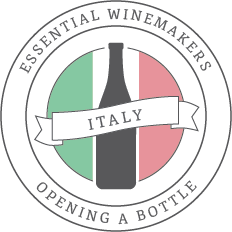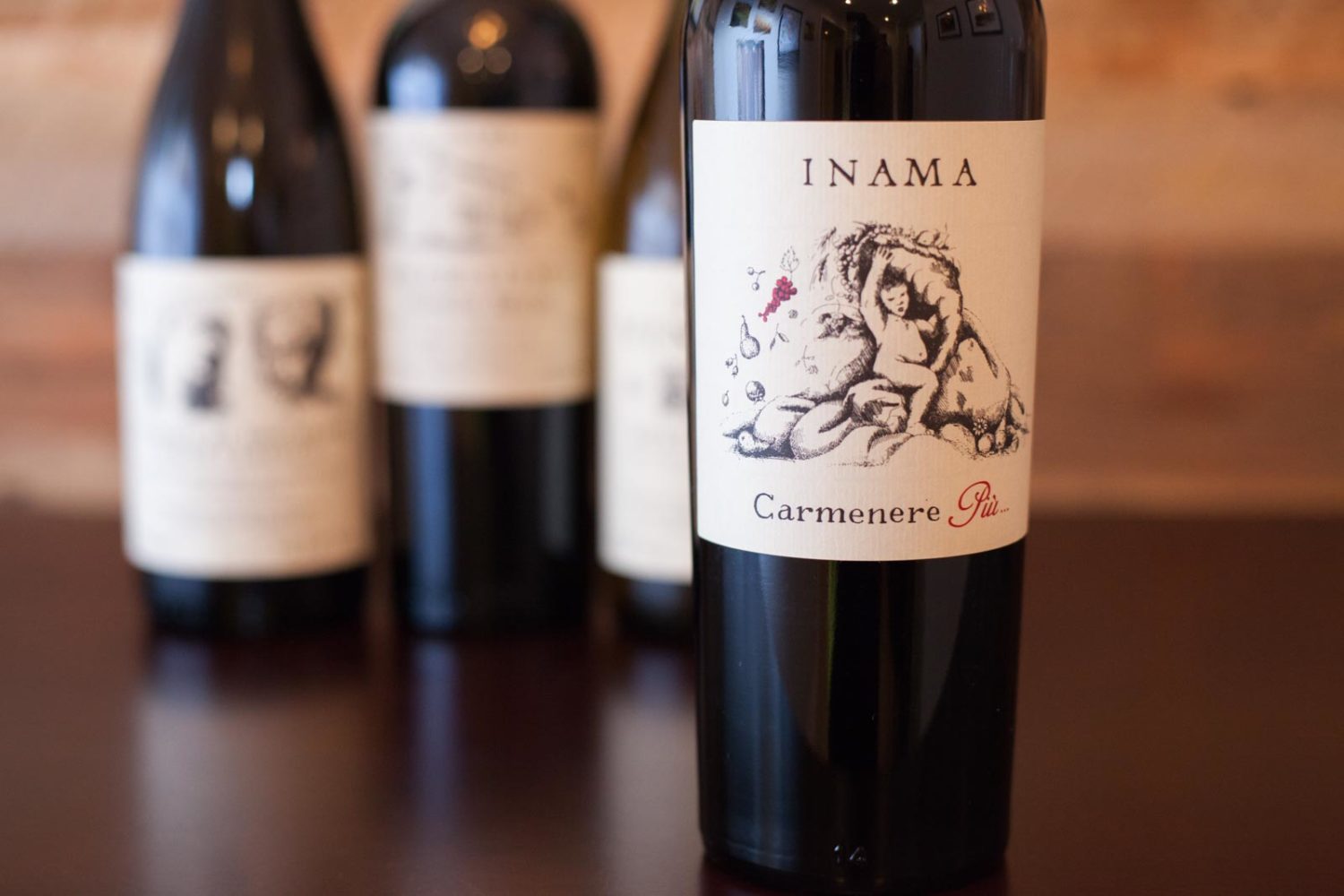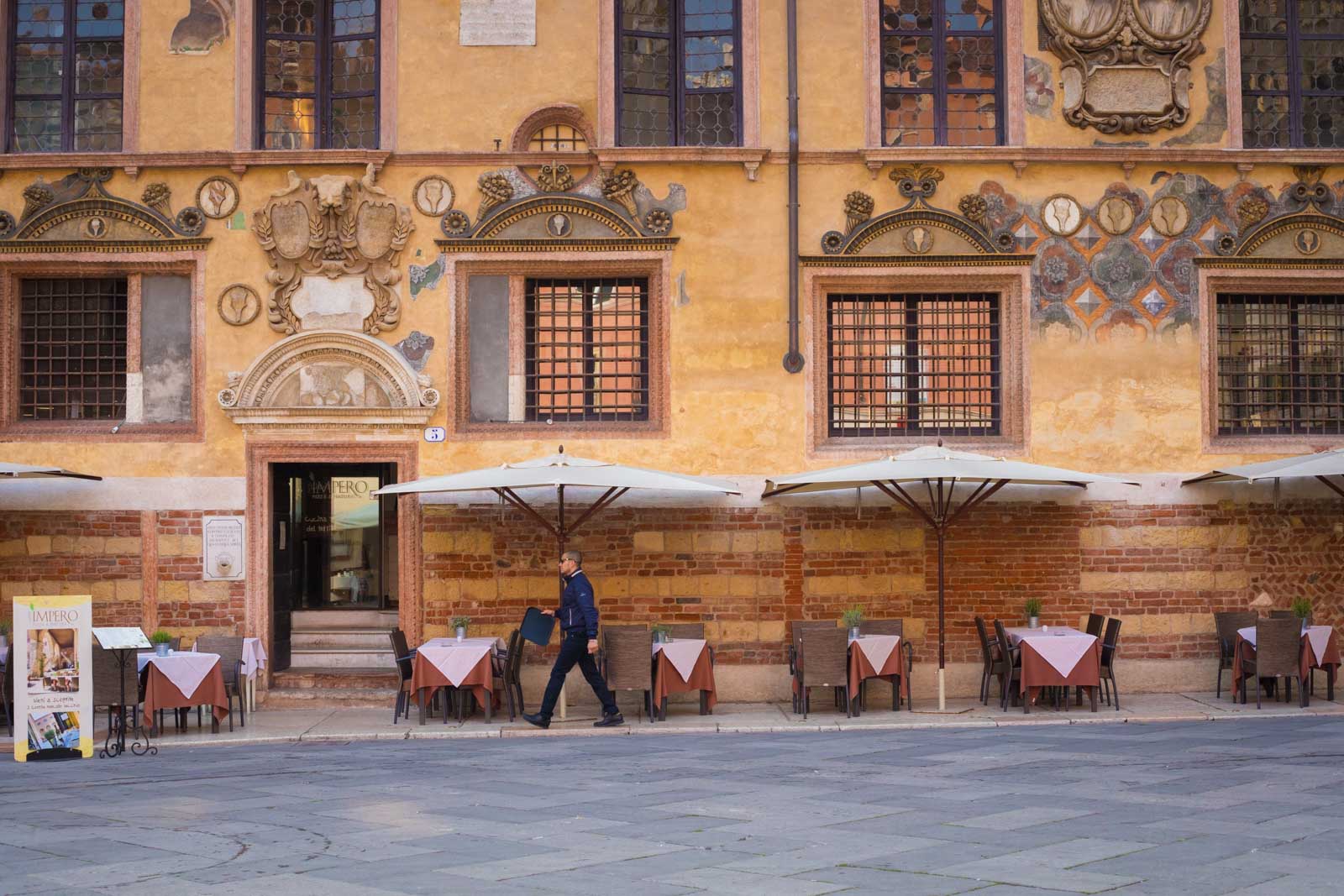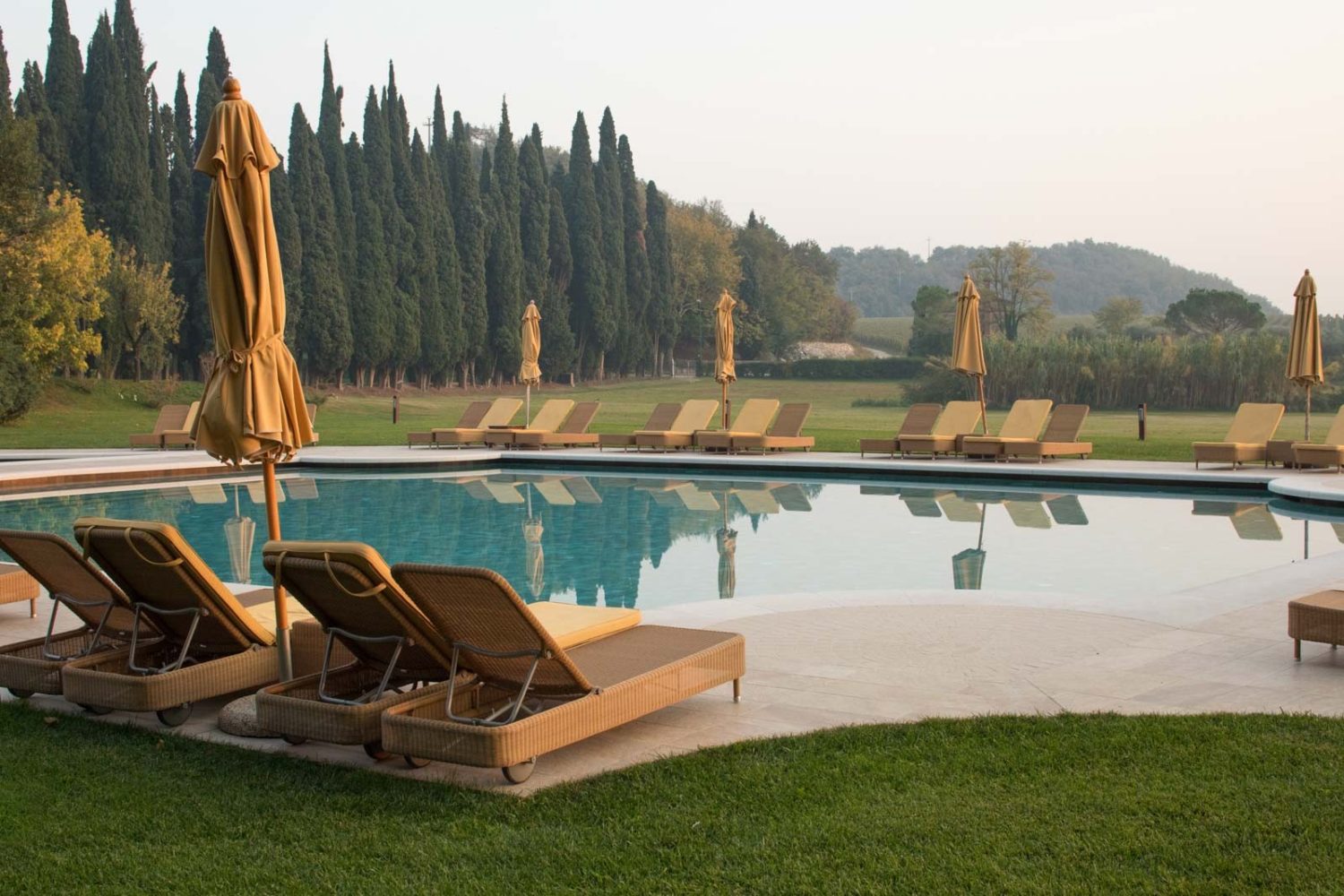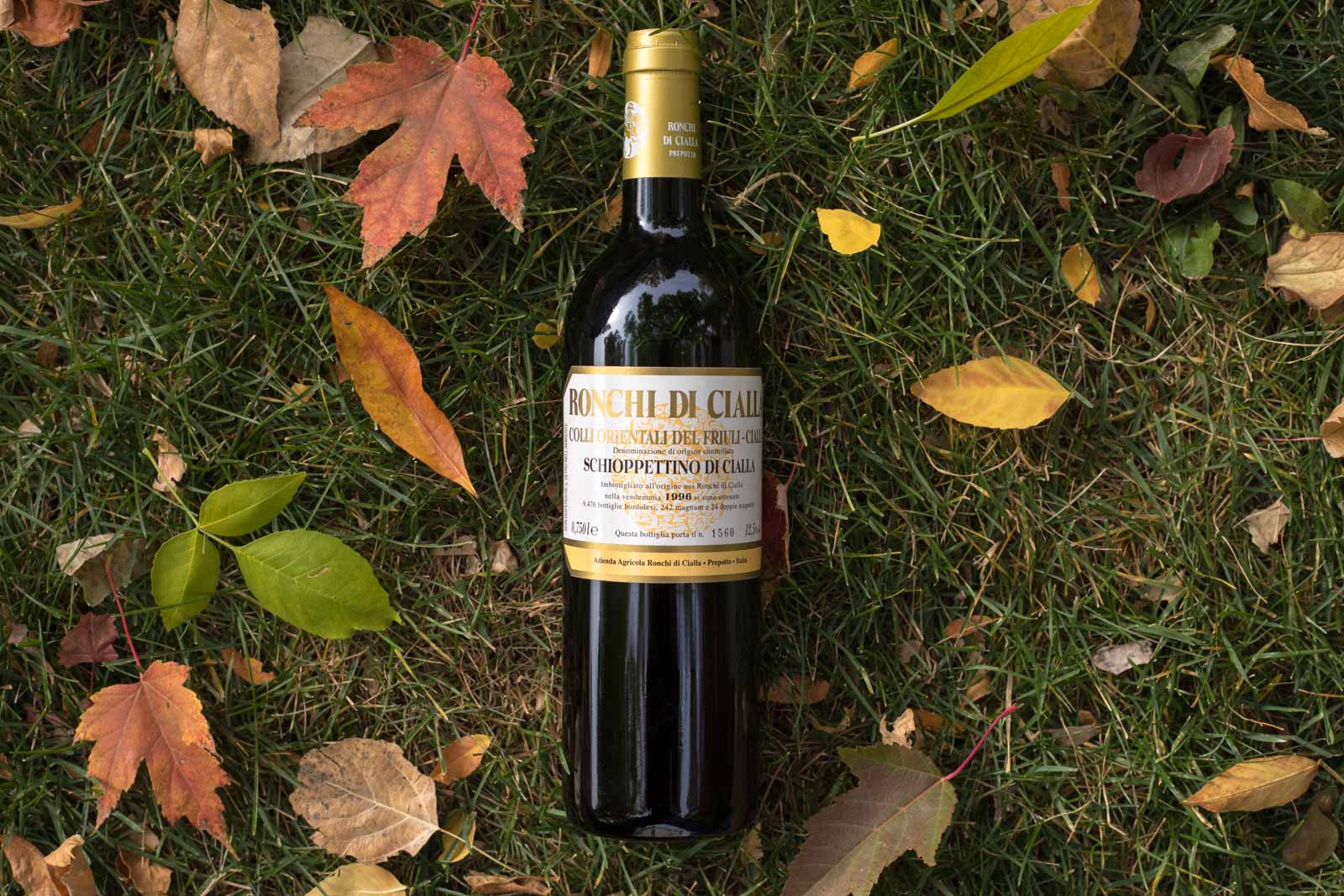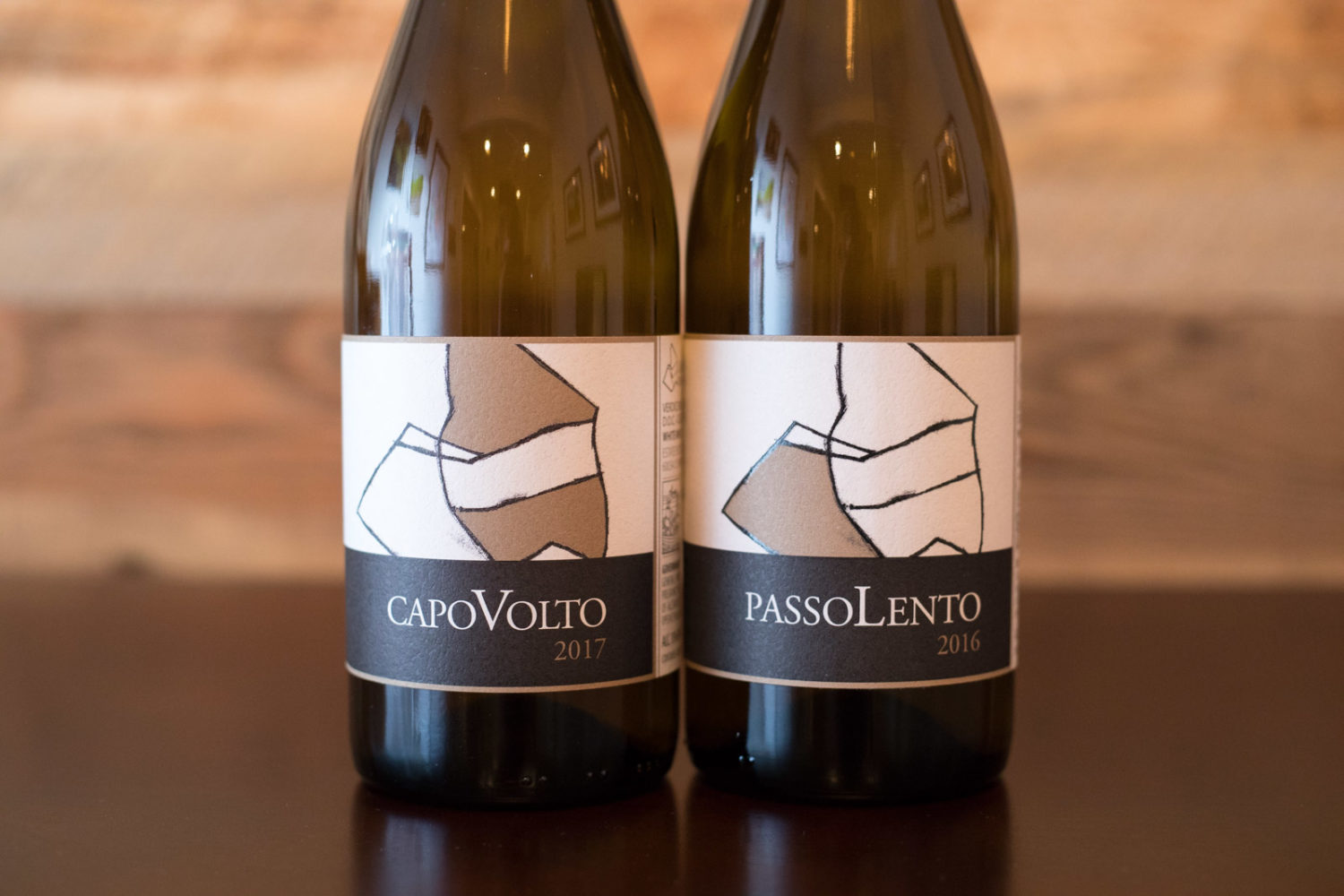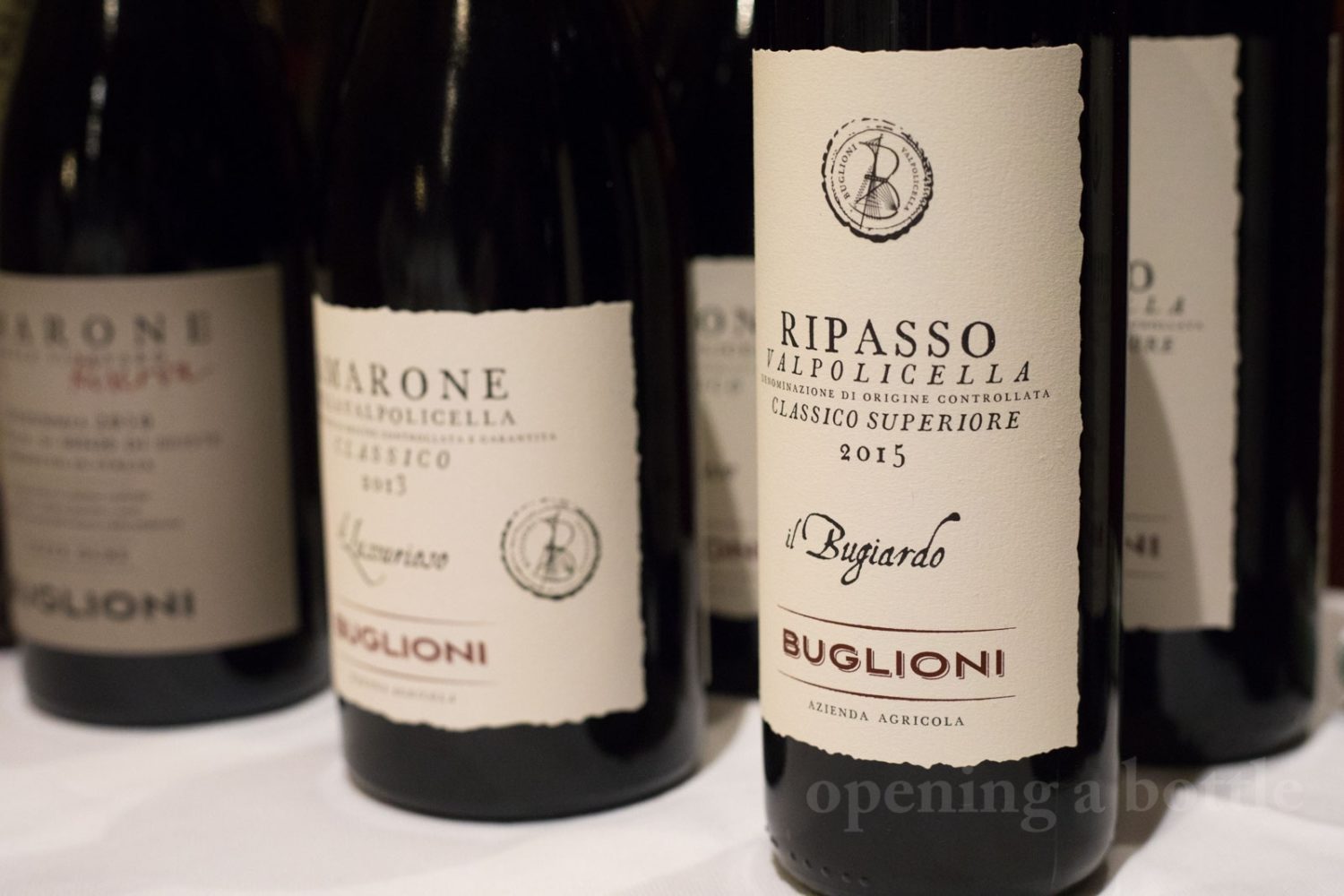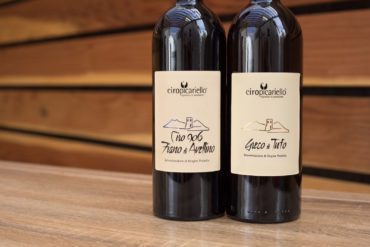Inama
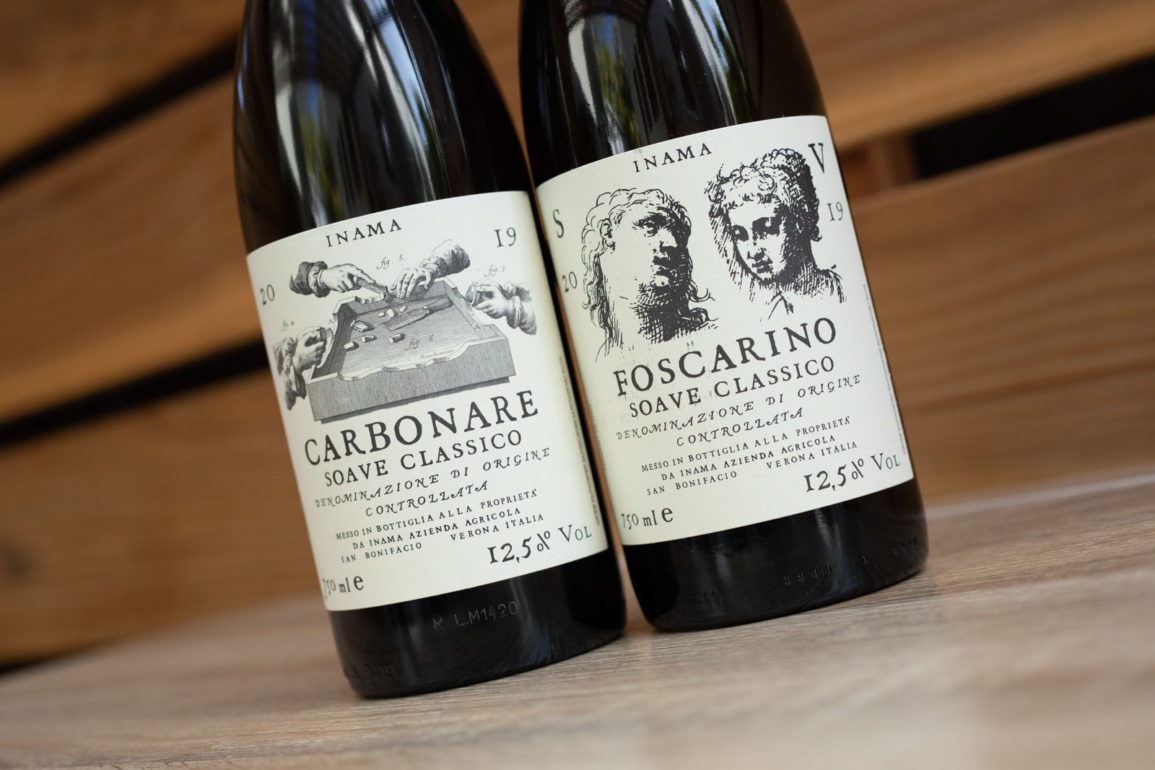
Why Inama is Essential
The E70 highway is the carotid artery of the Northern Italian economy, pulsing from Trieste to Torino. It is as unglamorous as Italy gets. But as you pass the town of Soave, you are jolted from monotony into reverie as the toothy-spine of the 10th century Castello di Soave emerges on a hill. One also can't help but notice the verdant vineyards of the same name, blanketing the chiseled hills in the distance. This is where some of Italy's finest white wines are quietly being made, with the Inama family among one of its leaders.
I say "quietly" because Soave lands on the list of European Wine Regions Whose Name Was Once a Synonym For Flimsy Wine, But Not So Anymore (see also: Beaujolais, Cava and Vinho Verde). What thrills me about Inama's Soave wines is that vintage after vintage they are getting better and better.
The Foscarino has incredible tension to it, and will gladly veer into any territory you want (e.g. Porch pounder? Gastronomy pairings? A few years in the cellar?). Meanwhile, the Carbonare takes a more direct route: it is slightly leaner, but not less generous with its fruit and flower aromas. In both cases, the craft and precision of the winemaking is upper echelon.
Inama also fairs very well on the red wine spectrum, particularly if you are inclined to Bordeaux-style wines. And by Bordeaux, we mean old school Bordeaux, because the Inama brothers work primarily with Carmenérè, a spicy, medium-bodied, gently tannic red grape that was obliterated from Bordeaux's vineyards by phylloxera in the 1800s. Sourced from the nearly Colli Berici, these reds take velvety plushness and spice to new heights. I'd walk pass every Bolgheri and Super Tuscan I've ever tasted for a bottle of "Bradisismo" or "Piú" any day.

Soave, Veneto
Grapes: Garganega, Sauvignon Blanc, Carmenérè, Merlot
Appellations/Cru: Soave Classico DOC, Colli Berici DOC
American Importer: DallaTerra Winery Direct
Originally listed: October 2021
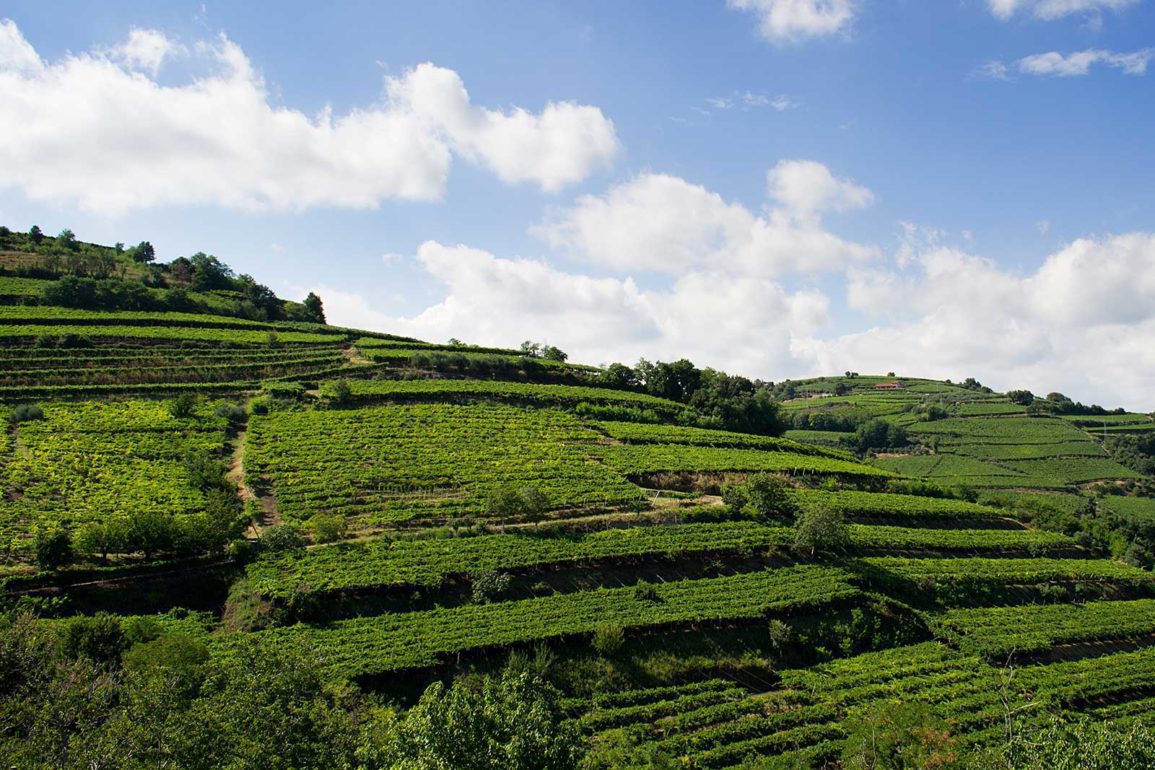
Wines to Seek Out
Inama makes eight white wines and five red wines from the hills to the east and north of Verona. With the exception of the Garganega-based Soave wines, the varieties they work with are international but rooted in historical tradition in Veneto: Sauvignon Blanc, Chardonnay, Merlot, Cabernet Sauvignon and Carmenérè — the latter of which, the estate has built a significant portion of their reputation upon.
Inama Carbonare Soave Classico
Hailing from the Carbonare cru vineyard, which likely takes its name from the charcoal-colored soil, this Soave Classico is wonderfully precise and direct. Here we find Garganega's floral side, as well as a wonderful line of citrus that is equally reminiscent of lime peel and mandarin oranges. The wine differs from Foscarino in two primary ways: the exposure is only to the east, so shadows cool off the grapes earlier in the day during the height of ripening. But perhaps more noticeable is the lack of oak usage in this wine's élevage.
Inama Foscarino Soave Classico
Among Soave's most famous cru, Foscarino is a vast, varied and volcanic hill that — at least in this wine — yields real depth and beauty. Recent tastings of Inama's Foscarino reveal that their techniques are getting more and more focused. There is brightness from the citrus-like tones, freshness from Garganega's floral complexion, and a lovely element of toast from the percentages of the cuvée that earn barrel aging. Foscarino is simultaneously a grand wine, but also suitable for casual sipping without a care. Future vintages will likely yield a lot of promise.
Inama "Più" Carmenérè Veneto Rosso
Of all the world's wine grapes, Carmenérè has one of the strangest journeys. One of the "original six" Bordeaux varieties, it found its way to Chile and northern Italy before its French vines were utterly destroyed by the phylloxera plague of the mid-1800s. Thought to be gone, it survived and thrived in Chile under an alias of Merlot. Limited holdings in Italy were thought to be Cabernet Franc. Today, genetic testing has shed more and more light on this rich, gently tannic grape, and it is in these traits where Inama's version brilliantly shines. It has a wonderful texture, fine balance and a reliable peppercorn-like spice that enhances the experience. A regular fixture for summertime barbecues in this house.
Inama "Bradisismo" Veneto Rosso
I tend to avoid Italian Cabernet Sauvignon because ... well, when you have hundreds of exiting indigenous varieties, Cab just doesn't seem all that exciting. And yet, in Veneto and neighboring Friuli, the Big Man has a long and storied history. Many of the Cabernet Sauvignon and Cabernet Franc wines I've tried from the region beat the pants off Tuscany's versions, most especially "Bradisismo." Inama knows how to coax Cabernet's lovely, wholesome character to the surface while complementing it with Carmenérè's oddball spice. Powerful, potent, rich and dense.

